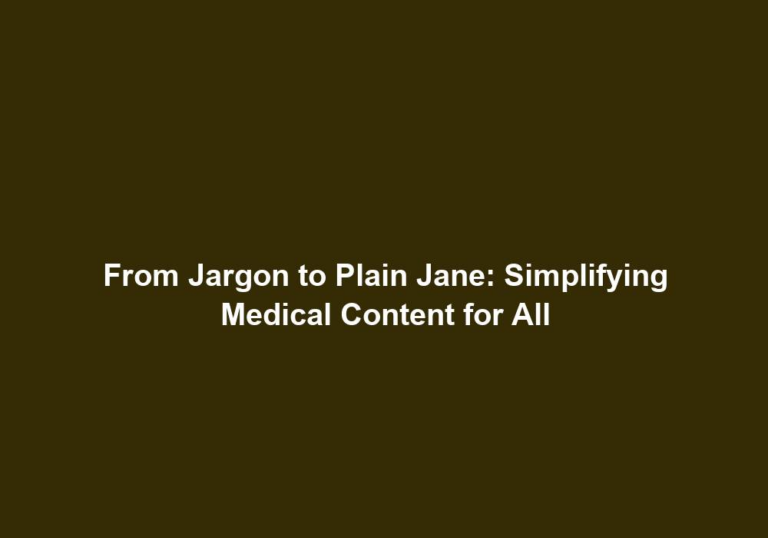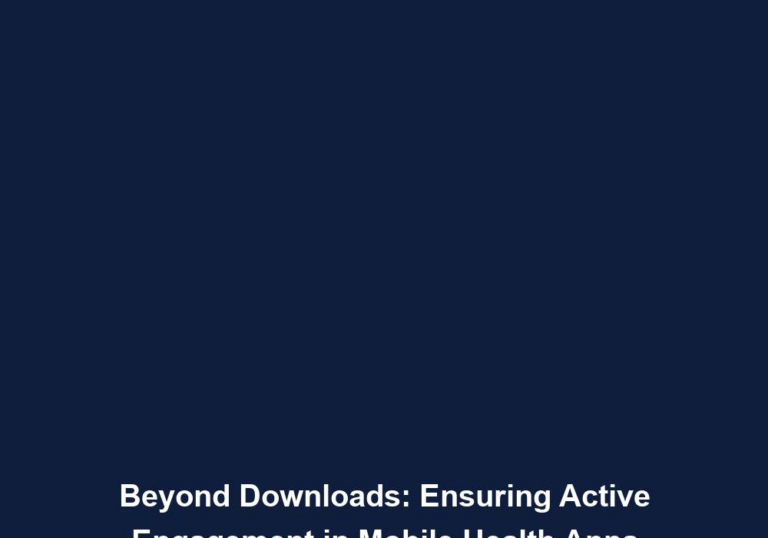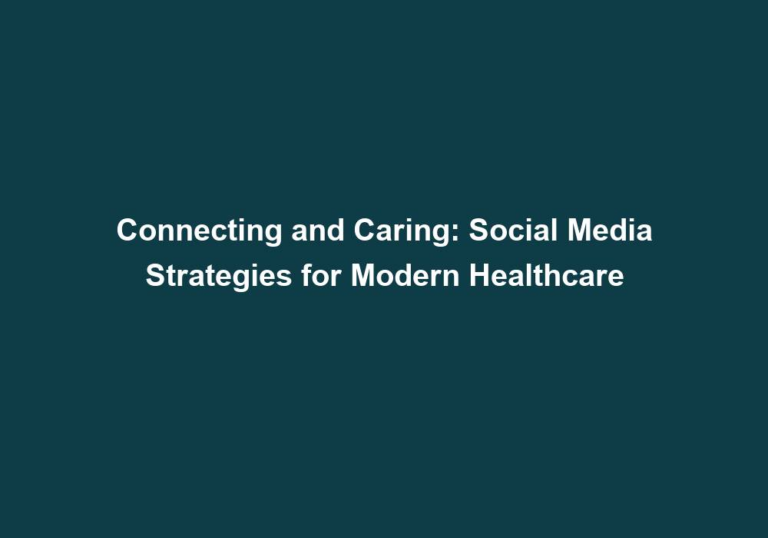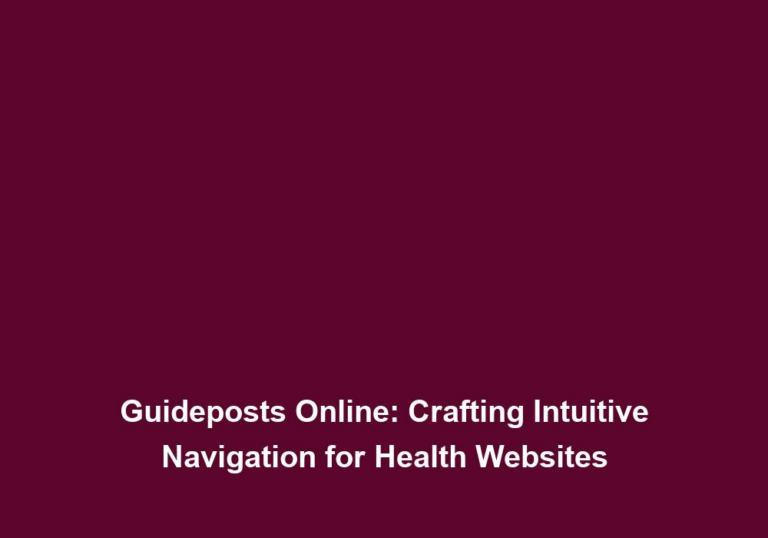Finding Common Ground: Effective Communication Methods for Patient Engagement
In today’s rapidly evolving healthcare landscape, patient engagement has become a vital aspect of providing quality care. Effective communication plays a crucial role in fostering patient engagement and improving health outcomes. This article explores various communication methods that healthcare professionals can employ to establish common ground with their patients and enhance the overall patient experience.
The Importance of Effective Communication in Patient Engagement
Effective communication is the cornerstone of patient engagement. It involves actively listening, empathizing, and providing clear, concise information to patients. When healthcare providers effectively communicate with their patients, it leads to better understanding, increased trust, and improved compliance with treatment plans. Here are some key reasons why effective communication is essential in patient engagement:
-
Enhancing Patient Satisfaction: When patients feel heard and understood, they are more likely to have a positive perception of their healthcare experience. This can lead to increased patient satisfaction and loyalty. Healthcare professionals should strive to create a comfortable and safe environment where patients feel free to express their concerns and ask questions. By actively listening and responding empathetically, healthcare providers can address patients’ needs and provide personalized care that enhances satisfaction.
-
Improving Treatment Adherence: Clear communication helps patients comprehend their treatment plans, medication regimens, and lifestyle modifications. When patients understand and actively participate in their care, they are more likely to adhere to their treatment plans, resulting in better health outcomes. Healthcare professionals should use plain language and avoid medical jargon when explaining diagnoses, treatment options, and instructions. By breaking down complex medical information into simple terms, patients can better understand and follow their treatment plans.
-
Reducing Medical Errors: Miscommunication is a leading cause of medical errors. Effective communication ensures that healthcare providers and patients are on the same page, reducing the likelihood of errors and adverse events. Healthcare professionals should use various methods, such as repetition, summarization, and clarification, to confirm patients’ understanding of important medical information. Additionally, healthcare providers should encourage patients to ask questions and provide feedback to address any potential misunderstandings.
-
Building Trust and Rapport: Trust is the foundation of any productive patient-provider relationship. By cultivating open and transparent communication, healthcare professionals can establish trust and rapport with their patients, leading to better collaboration and shared decision-making. Healthcare providers should demonstrate empathy and emotional support by acknowledging patients’ emotions, validating their concerns, and offering reassurance. By actively involving patients in their healthcare decisions and respecting their preferences and values, healthcare professionals can foster a sense of partnership and build trust.
Communication Methods for Patient Engagement
-
Active Listening: Active listening involves fully concentrating on the patient, understanding their concerns, and responding in a respectful and empathetic manner. It requires maintaining eye contact, nodding, and using verbal and non-verbal cues to show genuine interest. Healthcare professionals should make patients feel heard and understood by providing them with ample time to express themselves without interruption. By actively listening, healthcare providers can gather important information, address patients’ needs effectively, and build a strong patient-provider relationship.
-
Plain Language: Healthcare professionals should avoid using medical jargon and instead use plain language that patients can easily understand. This helps ensure that patients comprehend their diagnoses, treatment options, and instructions. Healthcare providers should explain medical terms in simple terms and use everyday language to convey information. By using relatable examples and visual aids, healthcare professionals can enhance patients’ understanding and empower them to make informed decisions about their health.
-
Empathy and Emotional Support: Empathy involves understanding and sharing the feelings of another person. Healthcare providers should demonstrate empathy by acknowledging patients’ emotions, validating their concerns, and offering emotional support. This helps create a safe and supportive environment for effective communication. Healthcare professionals should actively listen to patients’ concerns and express empathy by showing understanding and compassion. By acknowledging patients’ emotions, healthcare providers can establish a strong rapport and build trust.
-
Shared Decision-Making: Shared decision-making involves collaborating with patients in the decision-making process. Healthcare providers should present treatment options, explain risks and benefits, and involve patients in choosing the best course of action based on their preferences and values. This promotes patient autonomy and fosters a sense of partnership in care. Healthcare professionals should provide patients with all the necessary information, including potential outcomes and alternatives, to help them make informed decisions about their health. By involving patients in the decision-making process, healthcare providers can ensure that patients feel empowered and engaged in their care.
-
Health Literacy: Health literacy refers to an individual’s ability to access, understand, and utilize health information. Healthcare professionals should assess patients’ health literacy levels and tailor communication accordingly. This may involve using visual aids, written materials, and interactive tools to enhance understanding. Healthcare providers should use clear and concise language, avoid technical terms, and provide information in a format that is accessible and easy to comprehend. By promoting health literacy, healthcare professionals can empower patients to actively participate in their healthcare decisions and improve health outcomes.
-
Digital Communication: With the advent of technology, digital communication methods have gained prominence in patient engagement. These include telemedicine, secure messaging platforms, patient portals, and mobile health applications. These digital tools facilitate convenient and timely communication, especially for patients with physical limitations or those residing in remote areas. Healthcare professionals should leverage digital communication platforms to provide patients with access to healthcare information, appointment scheduling, and remote consultations. By embracing digital communication, healthcare providers can enhance patient engagement and improve care delivery.
-
Cultural Competence: Cultural competence involves understanding and respecting the diverse cultural backgrounds, beliefs, and practices of patients. Healthcare professionals should be sensitive to cultural nuances and adapt their communication styles accordingly. This fosters trust and avoids misunderstandings. Healthcare providers should take the time to learn about their patients’ cultural backgrounds, including their beliefs and values related to health and healthcare. By incorporating cultural sensitivity into their communication, healthcare professionals can establish a strong rapport and demonstrate respect for patients’ cultural identities.
-
Follow-up Communication: Effective communication extends beyond the initial consultation. Healthcare providers should follow up with patients to address any lingering questions or concerns, evaluate treatment progress, and provide ongoing support. This helps maintain continuity of care and reinforces patient engagement. Healthcare professionals should schedule follow-up appointments or communicate through secure messaging platforms to ensure that patients receive the necessary support and information. By initiating follow-up communication, healthcare providers can demonstrate their commitment to patients’ well-being and provide personalized care that enhances patient engagement.
Conclusion
Effective communication is paramount in patient engagement. Healthcare professionals must employ various communication methods, such as active listening, plain language, empathy, shared decision-making, and digital communication, to establish common ground with their patients. By prioritizing effective communication, healthcare providers can enhance patient satisfaction, improve treatment adherence, reduce medical errors, build trust, and ultimately improve health outcomes. Remember, effective communication begins with acknowledging the importance of patient engagement and continuously striving for excellence in healthcare delivery.







